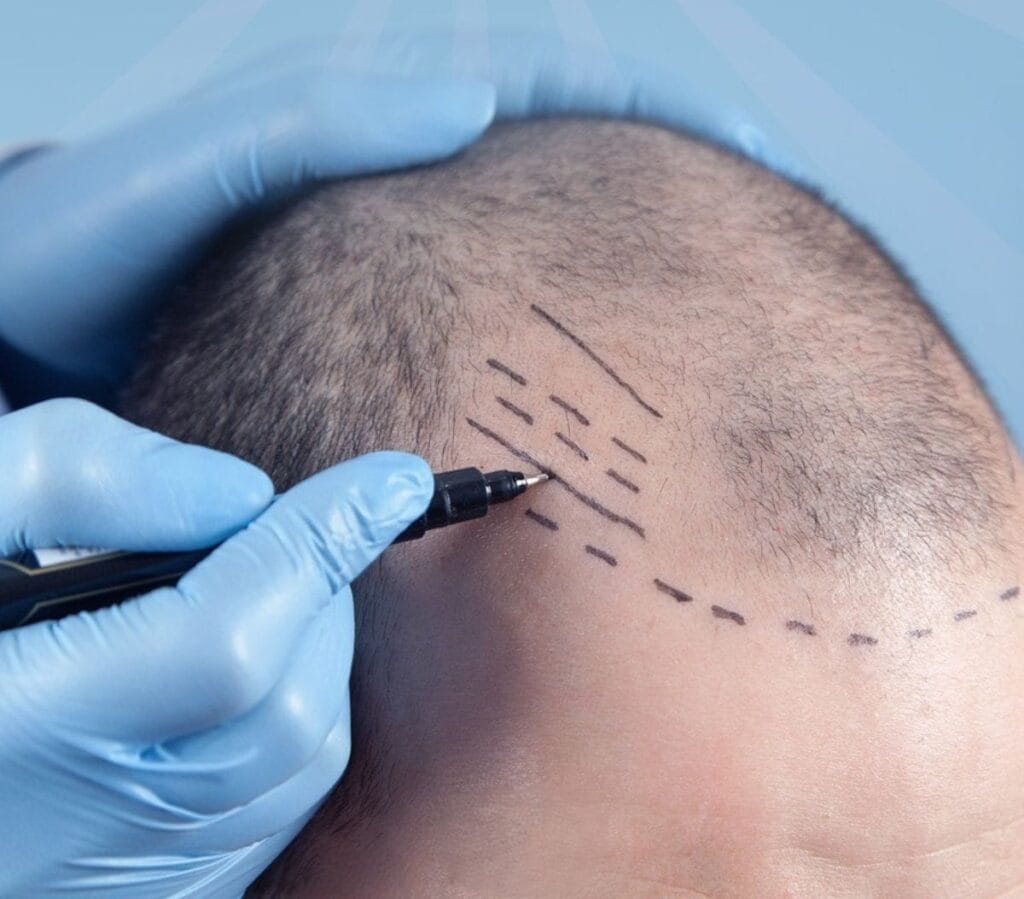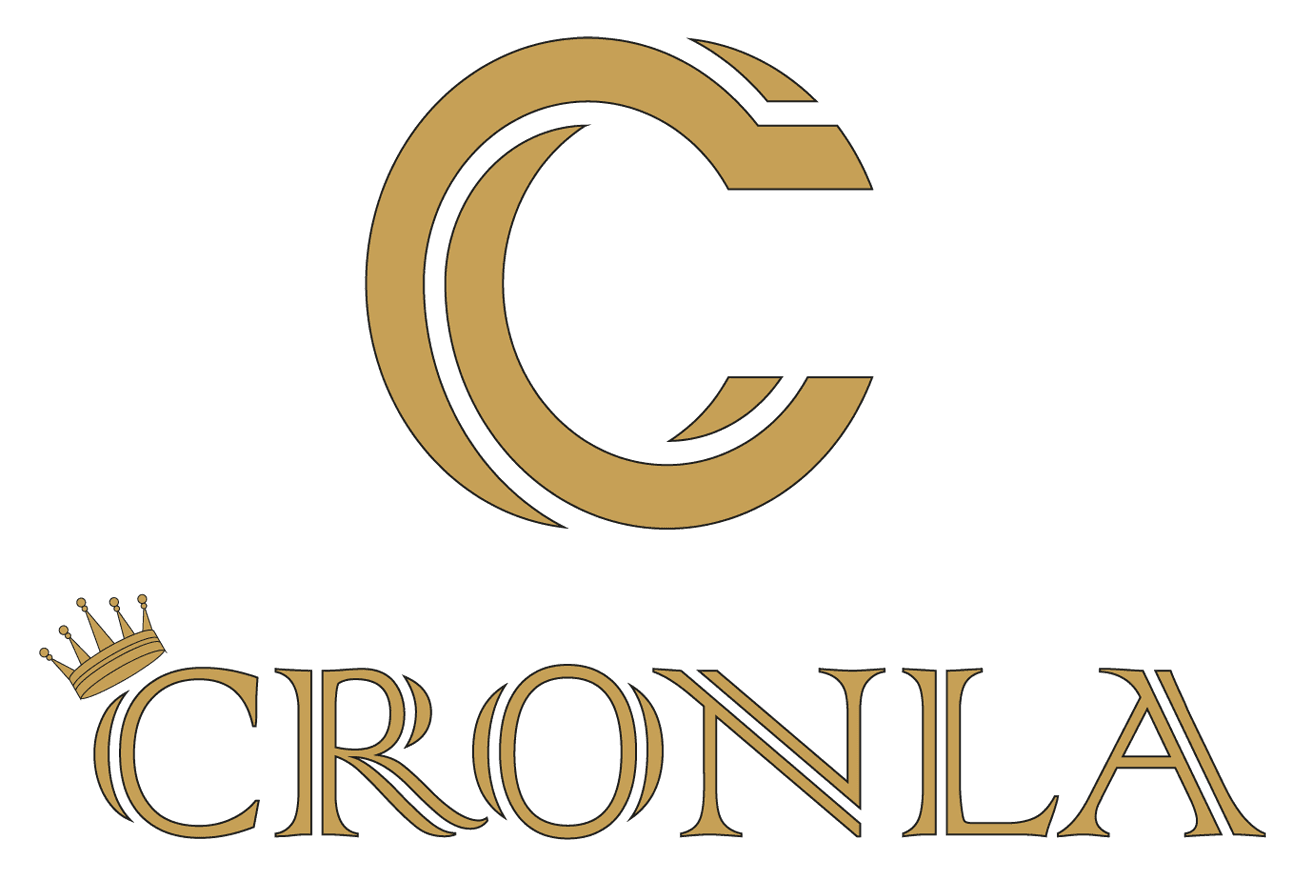Complete Guide to Hair Transplant Procedures in Turkey (2025 Edition)

Introduction
Over the past two decades, Turkey has become the world’s leading destination for hair transplant surgery. Every year, more than 1 million international patients travel to Istanbul and other Turkish cities for affordable, high-quality treatments. With modern clinics, skilled surgeons, and competitive prices, Turkey has earned a reputation as the global hub for hair restoration.
This complete guide covers everything you need to know about hair transplant procedures in Turkey: techniques, costs, recovery, and how to choose the right clinic for the best possible results.
Why Turkey Became the Global Hub for Hair Transplants
Turkey’s dominance in the field of hair transplantation is no coincidence. Several factors contributed to its rise:
- Highly experienced surgeons: Turkish doctors have performed thousands of procedures and developed specialized expertise.
- Cutting-edge technology: Clinics widely use advanced methods such as FUE, DHI, and Sapphire techniques.
- Affordable prices: Costs are significantly lower compared to the US, UK, or Europe, often by 60–70%.
- Medical tourism packages: Clinics often include accommodation, transfers, and aftercare services in the price.
- Strategic location: Istanbul is easily accessible from Europe, the Middle East, and North America.
Types of Hair Transplant Procedures in Turkey
1. Follicular Unit Extraction (FUE)
- The most popular technique worldwide.
- Individual hair follicles are extracted from the donor area (usually the back of the head) and implanted into bald areas.
- Minimally invasive, leaves tiny scars that are nearly invisible.
- Recovery is faster compared to older methods.
2. Direct Hair Implantation (DHI)
- A newer technique using special implanter pens.
- Allows surgeons to place follicles directly without pre-opening channels.
- Provides high precision, natural density, and faster recovery.
- Often slightly more expensive than FUE.
3. Sapphire FUE
- A variation of FUE that uses sapphire blades instead of steel.
- Creates smoother incisions, reduces scarring, and supports quicker healing.
4. Follicular Unit Transplantation (FUT)
- An older method where a strip of scalp is removed and dissected into grafts.
- Less common in Turkey today due to visible scarring and longer recovery.
Step-by-Step Hair Transplant Process in Turkey
1. Free Consultation
- Most clinics offer free online assessments.
- Patients send photos for initial evaluation.
- Doctors recommend the most suitable technique and estimate graft numbers.
2. Pre-Surgery Examination
- Medical tests ensure the patient is healthy for surgery.
- The donor and recipient areas are analyzed.
3. Procedure Day
- Local anesthesia is applied.
- Follicles are extracted and then implanted in the thinning or bald areas.
- The procedure typically takes 6–8 hours, depending on graft numbers.
4. Post-Procedure Care
- Patients receive medications, shampoos, and instructions.
- Most can return to their hotel the same day.
Cost of Hair Transplant in Turkey (2025 Update)
The average cost of a hair transplant in Turkey ranges from $1,500 to $3,500, depending on the clinic, surgeon, and number of grafts.
Comparison with Other Countries
- Turkey: $1,500 – $3,500
- UK: $6,000 – $12,000
- USA: $8,000 – $15,000
- Germany / France: $5,000 – $10,000
In Turkey, most packages include airport transfers, hotel accommodation, and post-op care – making it a complete medical tourism experience.
How to Choose the Best Hair Transplant Clinic in Turkey
With hundreds of clinics, selecting the right one is crucial. Consider:
- Surgeon’s credentials (medical license, years of experience, international recognition).
- Patient reviews and testimonials (real before & after photos).
- Clinic facilities (JCI accreditation, hygiene standards).
- Technology used (FUE, DHI, Sapphire).
- Transparent pricing (avoid offers that seem “too cheap to be true”).
Before and After Results: What to Expect
Hair transplant results take time. Here’s a typical timeline:
- 1–2 weeks: Scabs and redness heal.
- 1–3 months: Shedding phase – transplanted hair may temporarily fall out.
- 3–6 months: New hair growth begins.
- 6–12 months: Significant improvement in density.
- 12–18 months: Final results, with natural thickness and volume.
Recovery and Aftercare in Turkey
Proper aftercare ensures successful results. Clinics usually provide:
- Special shampoos & lotions for healing.
- Antibiotics or pain relief if necessary.
- Detailed do’s and don’ts, such as:
- Avoid scratching or touching the scalp.
- No heavy exercise, sauna, or swimming for 2–3 weeks.
- Sleep with head elevated during the first nights.
Why Combine Hair Transplant with Medical Tourism in Turkey
One of Turkey’s unique advantages is combining treatment with travel:
- Istanbul: Cultural capital with rich history and vibrant life.
- Antalya: Beach paradise perfect for recovery.
- Cappadocia: Unique landscapes and hot-air balloons.
This combination makes Turkey not just a medical choice, but a life experience.
FAQs about Hair Transplant in Turkey
Is a hair transplant painful?
No. Local anesthesia minimizes discomfort, and most patients only feel minor pressure.
How long do results last?
Results are usually permanent as transplanted follicles are resistant to balding.
How many grafts do I need?
Depends on the extent of hair loss. Typical sessions range from 2,000–4,500 grafts.
Are there risks?
When performed in accredited clinics, risks are minimal. Possible side effects include swelling, redness, or minor infection (rare).
Conclusion
Hair transplantation in Turkey offers an unbeatable combination of expertise, affordability, and high-quality care. Whether you choose FUE, DHI, or Sapphire, Turkey remains the top global destination for restoring hair and confidence.
👉 Ready to start your journey?
Get your free consultation with Cronla today and take the first step towards a fuller head of hair and renewed confidence

